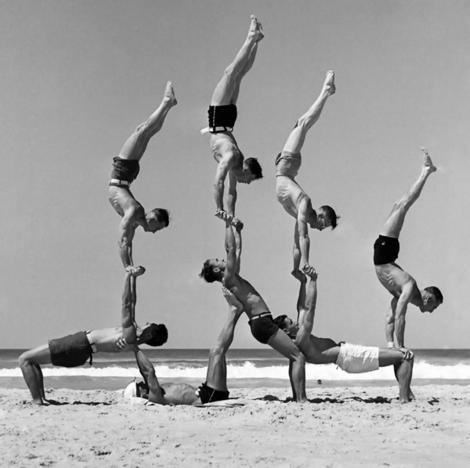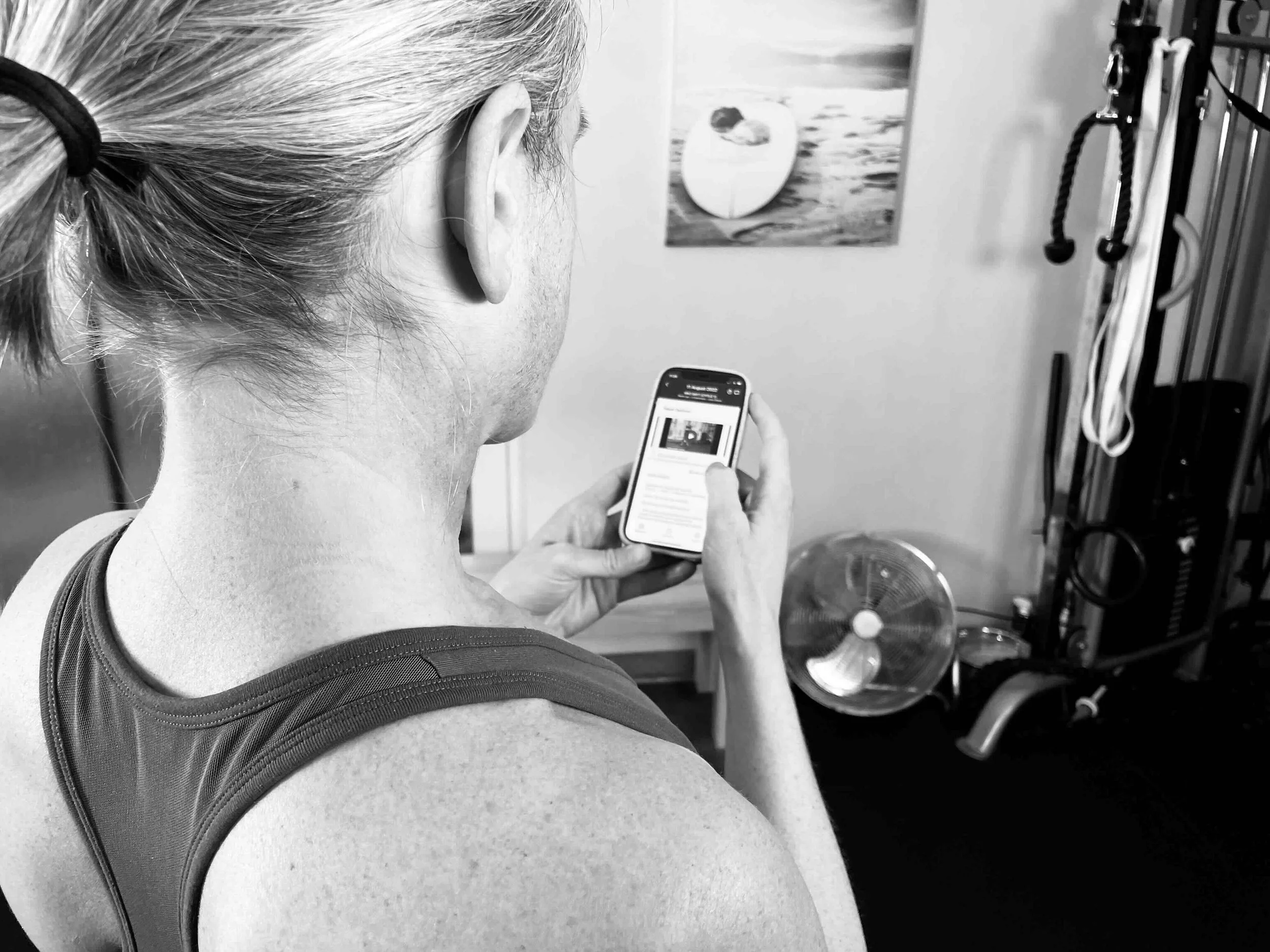How often do you take your shoes off just to feel the grass between your toes, walk around the house barefoot because you can? My guess is probably not often enough ...
Your feet are incredibly important and were designed to be mobile, otherwise you wouldn't have 26 bones in such a small body part. But feet that sit in shoes all day long (particularly high heels, steel-capped boots or any heavy, high-ankle or thick-soled shoe) are not happy feet. They need to breathe and have the freedom of movement.
Because of the amount of nerve endings found in the feet (more per square centimetre than any other part of the body) , they're your gateway to proprioception (awareness of where your body is in relation to space). So imagine if your feet were stuck in thick-soled, flat shoes all day, not knowing if there was a need to alter your movement due to uneven ground, inclines, declines or changes in temperature. These are all important messages that should be received through your feet, but when they're constricted within shoes, the brain doesn't receive the feedback.
Stiffness in your feet can eventually affect muscles and joints higher up in the kinetic chain, like ankles, knees, hips and spine. Paying attention to and exercising your feet can change pain experiences in other areas of your body...never underestimate the importance of happy, healthy feet! Here are three things you can do to reclaim your feet.
1. Mobilise your feet.
Using a tennis ball, golf ball or a posture pro (as seen in picture), gently apply pressure to the bottom of the foot and roll back and forth along the whole arch, targeting any areas of tenderness. This can be done in sitting or standing. Spend at least one minute working on each foot, if not longer.
2. Get your feet moving.
Though they seem simple, these foot mobility exercises can make a huge difference. Try any of the following:
Spread your toes apart, then squeeze them together.
Point your toes, then flex.
Point your foot up from the ankle, lift it up a few inches and move it side to side, making small circles with your foot one way, and then the other.
If your feet and toes are really stiff and you struggle to connect with them, use your fingers between your toes to help get your feet moving!
3. Take your shoes off.
Spend as much time as you can barefoot. Walking your dog in the park, doing chores around the house, train barefoot in the gym...anything that re-connects your foot with the ground.
Try it! Your feet will thank you. You'll gain more mobility, stability and, if you're someone who suffers from repeated ankle sprains, you'll definitely benefit from a barefoot lifestyle as your ankles are clearly trying to tell you something!






